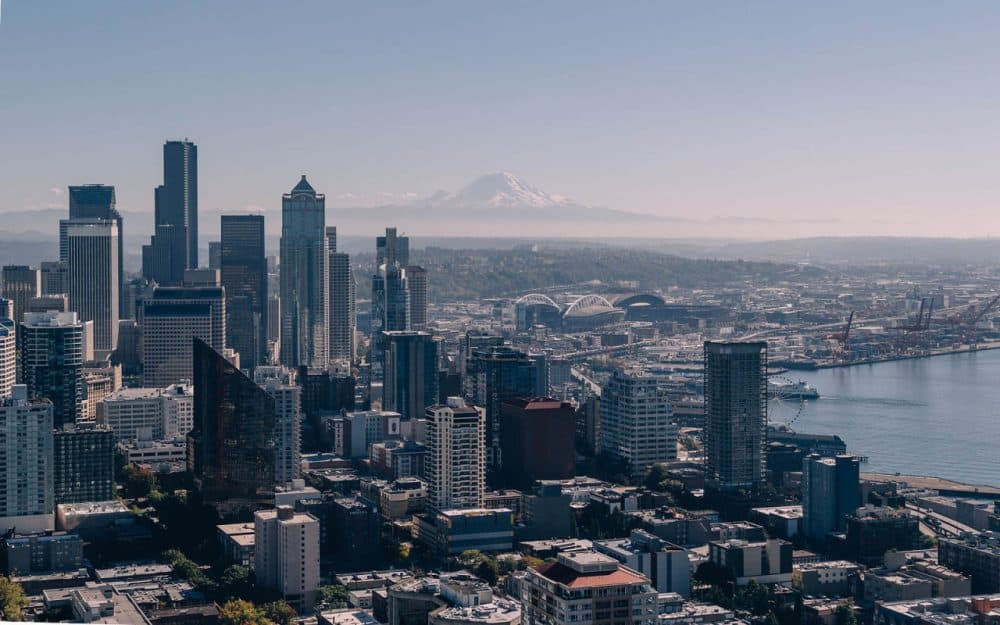Advertisement
When 'The Really Big One' Hits The Pacific Northwest
Resume
When the really big one strikes - a massive earthquake of cinematic proportions - where will it hit? California? Japan? Just as likely: the Pacific Northwest, which sits right along something called the Cascadia subduction zone, where one huge tectonic plate is slowly sliding underneath another.
When the Cascadia earthquake hits, Portland, Seattle, Tacoma, Eugene, Olympia - all could be devastated in the earthquake and ensuing tsunami. Kathryn Schulz writes about the likelihood of such a scenario in her piece "The Really Big One," in the July 20 issue of The New Yorker:
In theory, those who are at home when it hits should be safest; it is easy and relatively inexpensive to seismically safeguard a private dwelling. But, lulled into nonchalance by their seemingly benign environment, most people in the Pacific Northwest have not done so. That nonchalance will shatter instantly. So will everything made of glass. Anything indoors and unsecured will lurch across the floor or come crashing down: bookshelves, lamps, computers, cannisters of flour in the pantry. Refrigerators will walk out of kitchens, unplugging themselves and toppling over. Water heaters will fall and smash interior gas lines. Houses that are not bolted to their foundations will slide off—or, rather, they will stay put, obeying inertia, while the foundations, together with the rest of the Northwest, jolt westward. Unmoored on the undulating ground, the homes will begin to collapse.
Here & Now's Meghna Chakrabarti talks with Schulz about the geology of the Pacific Northwest, why the region is so under-prepared for a massive quake along the Cascadia fault line and what the worst-case scenario could look like.
Guest
- Kathryn Schulz, staff writer for the New Yorker. She tweets @kathrynschulz.
This segment aired on July 21, 2015.